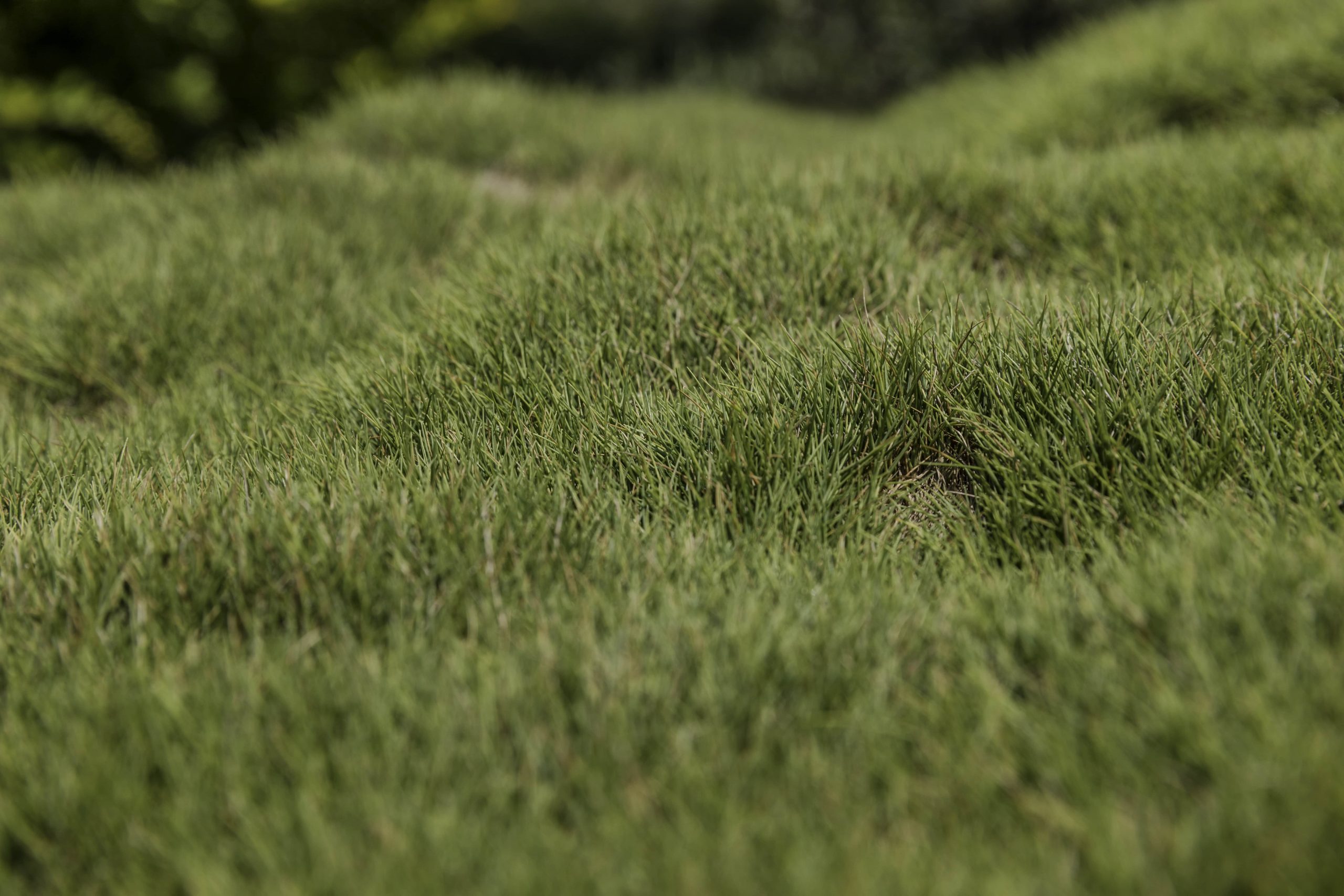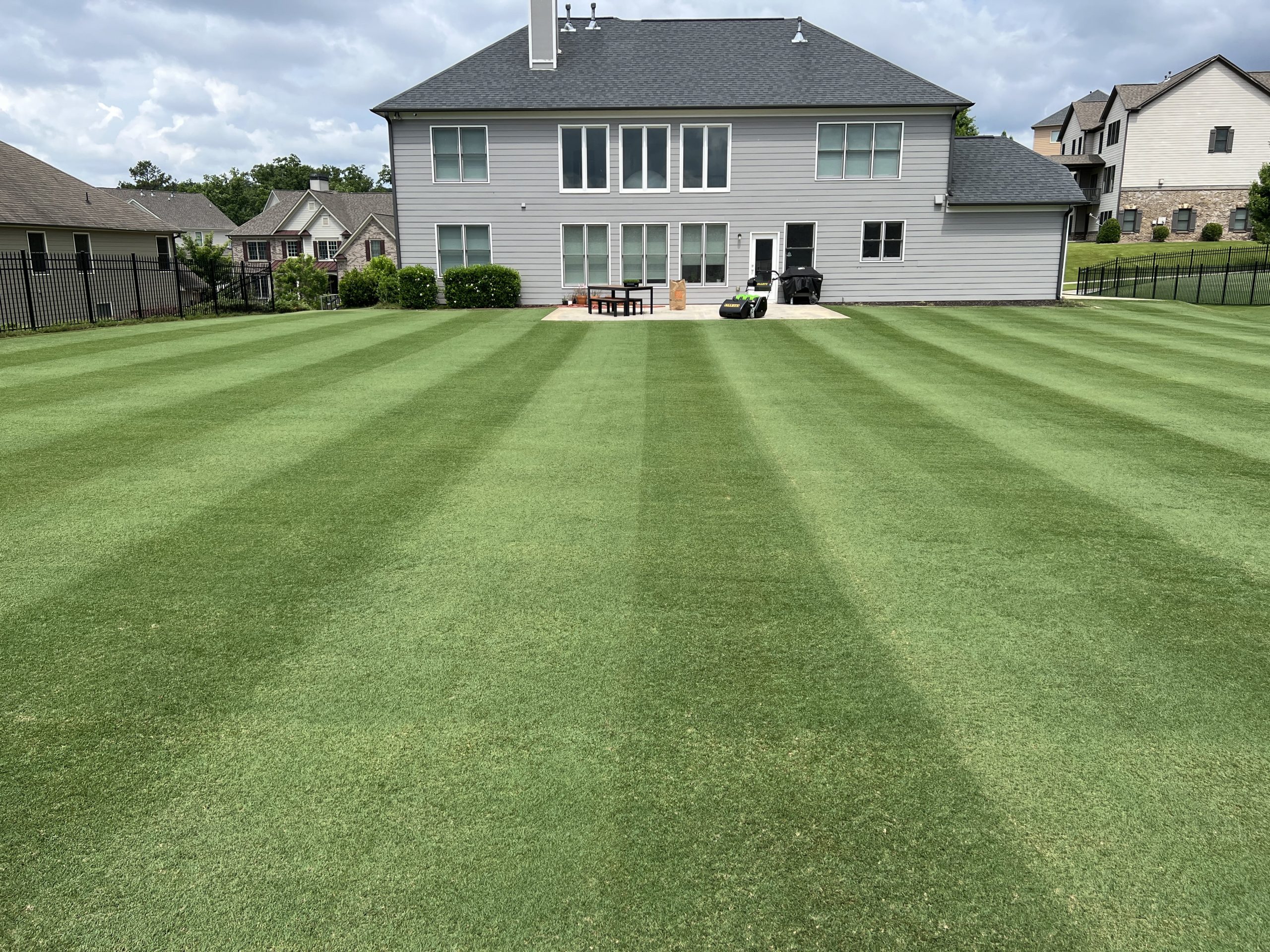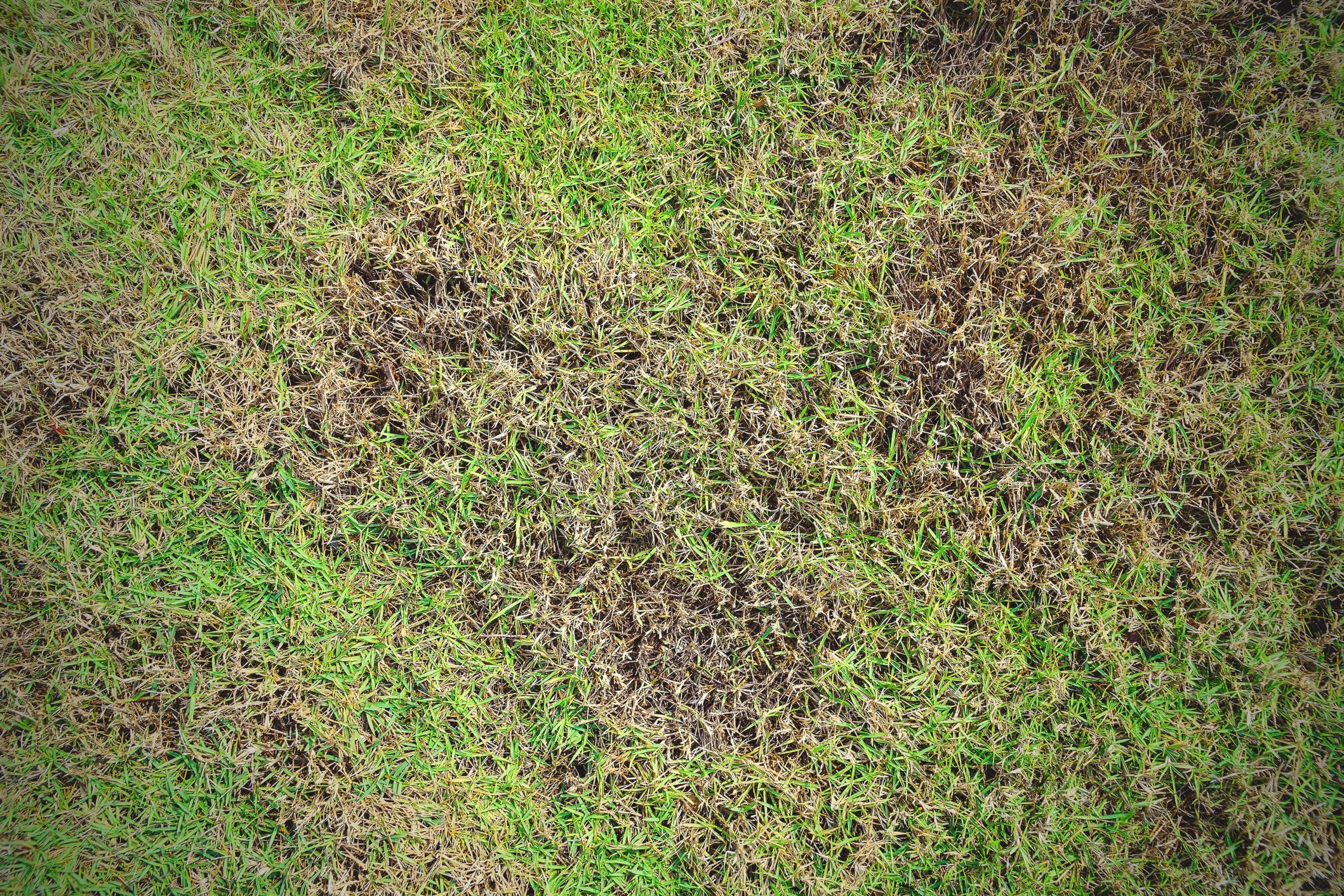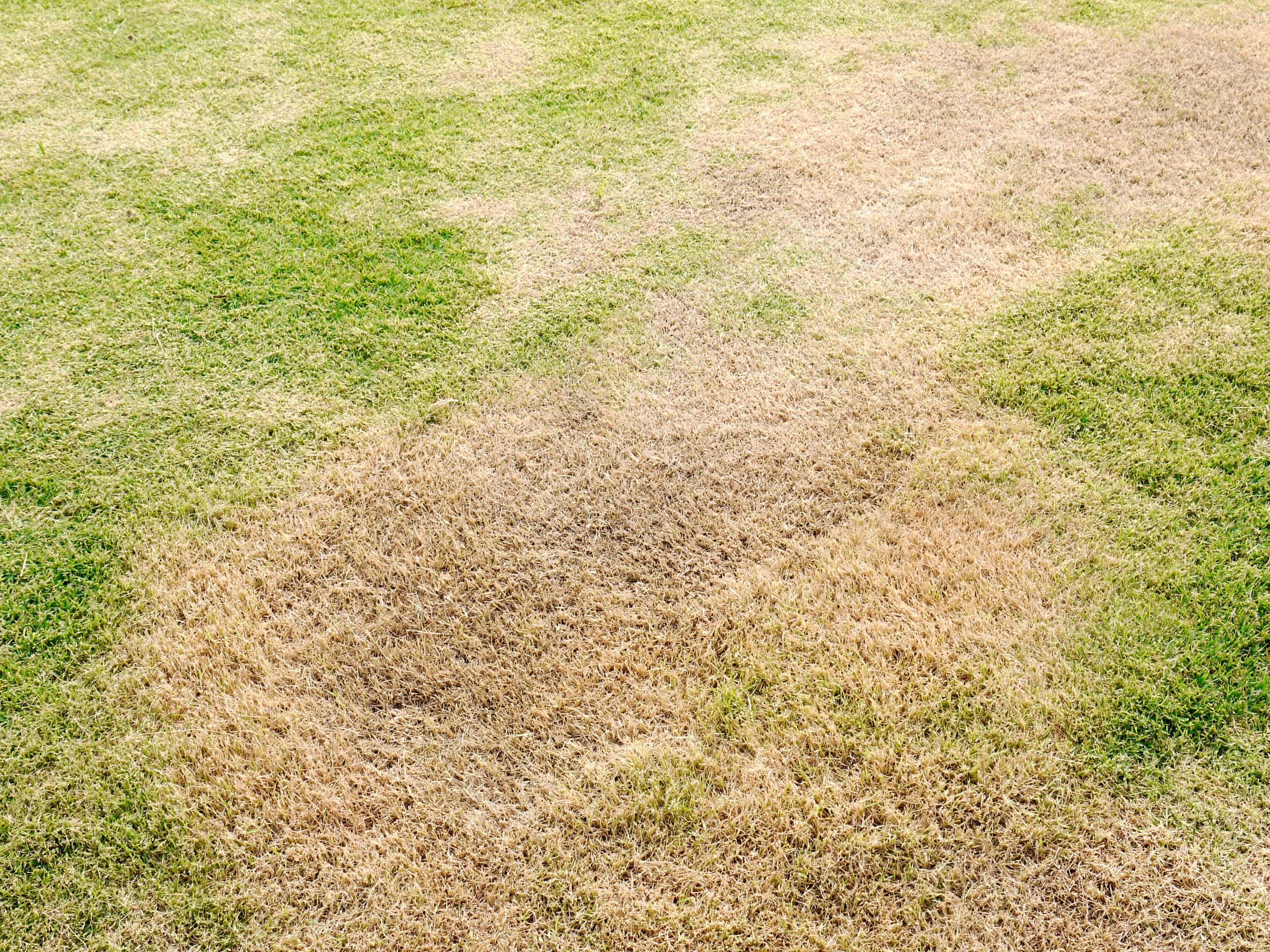Want to eliminate bumps in your lawn, and make it nice and flat?
In this lawn care guide, we’ll explain how to level a lawn, no matter whether it has small lumps or large hollows that need filling.
Contents
- Why is my lawn uneven?
- Preparing to level your lawn
- How to level shallow bumps (up to 2cm deep)
- How to level medium-depth bumps (up to 5cm deep)
- How to level deep bumps and hollows (more than 5cm deep)
Why is my lawn uneven?
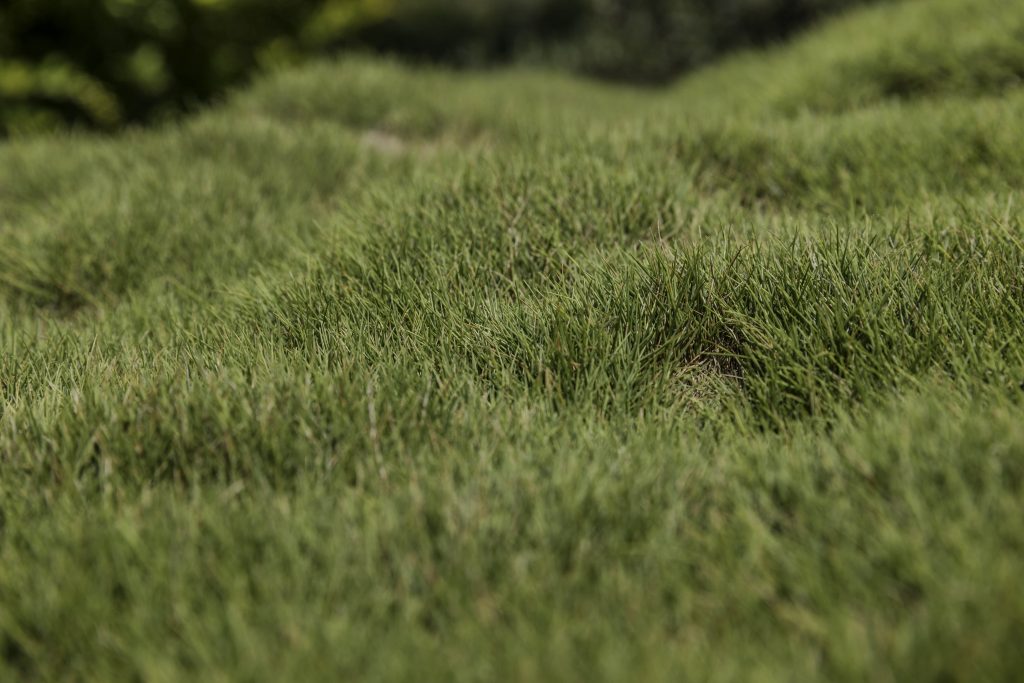
Before you look at creating a level lawn, you need to think about why it has become uneven in the first place. Otherwise, you may find it becomes uneven again very quickly.
Here are some of the common causes of a bumpy lawn.
New grass settling in
If you’re just laid new sod, it’s perfectly normal for your lawn to look uneven. This occurs when there is still more room to compact the soil – it will typically compact by itself over time if you leave time for the grass to grow and fill in any low spots.
Sometimes your new turf will flatten naturally over time, especially if it is very new. However, if it’s already been a month, your turf is fully rooted and the ground is still uneven, then you might need to look at flattening your lawn.
Animals/insects
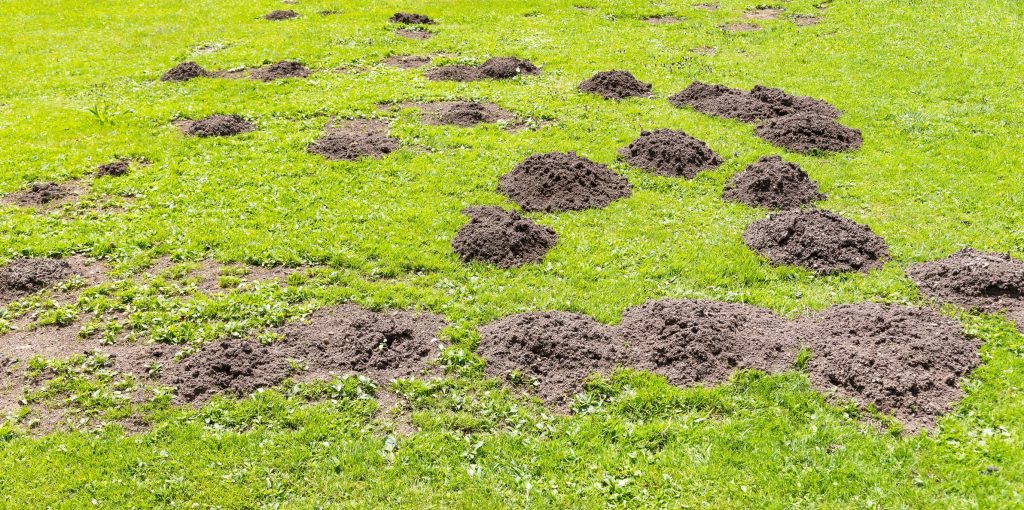
Animals and insects are another common cause of uneven lawns in the UK with their burrows and mounds. Moles, badgers, ants, and your cat or dog can create lumps or low spots that ruin the look of your lawn.
Depending on the type of animal you’re dealing with, you may have to look for a way to deter them from continuing to create more holes in your lawn. However, if you don’t have a massive mole colony living in your garden, then you might just want to remove the molehills every few months or so.
Drainage issues
If your lawn often gets visibly waterlogged, then you are very likely to see the ground sink in places, causing bumps in your lawn.
This issue also affects lawns that do not appear to have visible waterlogging. Poor soil drainage below the surface of your lawn can also cause lumps and bumps in the grass.
Changing seasons

Sudden temperature changes can cause bumps in your lawn, especially if you have clay soil. This is especially common as winter turns to spring, as the ground may thaw out unevenly, causing lumps in your lawn.
You can’t control the weather, so this particular issue is hard to address directly, other than by levelling your lawn in the spring.
Foot traffic
If your kids or pets play on your grass while the ground is soft, then this can easily result in shallow hollows being created in the soil as it gets compacted.
Preparing to level your lawn
Prior to levelling your lawn, you want to inspect the surface carefully to look at how deep the bumps are and what might be causing them.
For example, if you can see that the hollows are being caused by a drainage issue, then you will need to fix waterlogging issues prior to levelling your lawn. You can read our guide to improving lawn drainage to learn more about installing an underground drainage system, and how you can spike your lawn to drain it. However, if the lumps are just being caused by the change in seasons, then there aren’t many preventative measures you can take.
Next, you will need to decide whether or not to buy a top dressing mixture. If you have lumps that can be flattened to fill in any bumpy areas of grass, then you might not need to top dress your lawn. However in most cases you will need a top dressing mixture.
It’s generally best to avoid using sand on your grass as it can cause drainage problems. Therefore, a good mixture to use is three parts topsoil and one part compost. The compost is optional but can help to improve the health of your lawn. You’ll also need a good quality rake to apply the new top soil.
Finally, you need to water the area your plan to level about two days prior to levelling it. This ensures that the soil is not too dry prior to applying the topsoil.

How to level shallow bumps (up to 2cm deep)
Fortunately, if you only have small hollows or a few molehills to deal with, then the process of levelling your lawn is quite simple.
All you need to do is spread a thin layer of top dressing over the grass, using a combination of 75% top soil mix and 25% compost as described above. You can use a lawn spreader to make the process more efficient if you have a large lawn. Work the mixture in with a large garden rake, ensuring to fill in any bumps in the lawn.
To help the top dressing settle, you can give it a light watering to give it some weight and help flatten the grass. Avoid walking on the lawn while it’s still wet to avoid creating more lumps in the lawn.
Alternatively, if you have small bumps, you could consider using a lawn roller to flatten the ground quickly. However, doing so can cause issues with soil compaction, so you need to be careful – top dressing is often the best way to level a slightly uneven lawn.
How to level medium-depth bumps (up to 5cm deep)
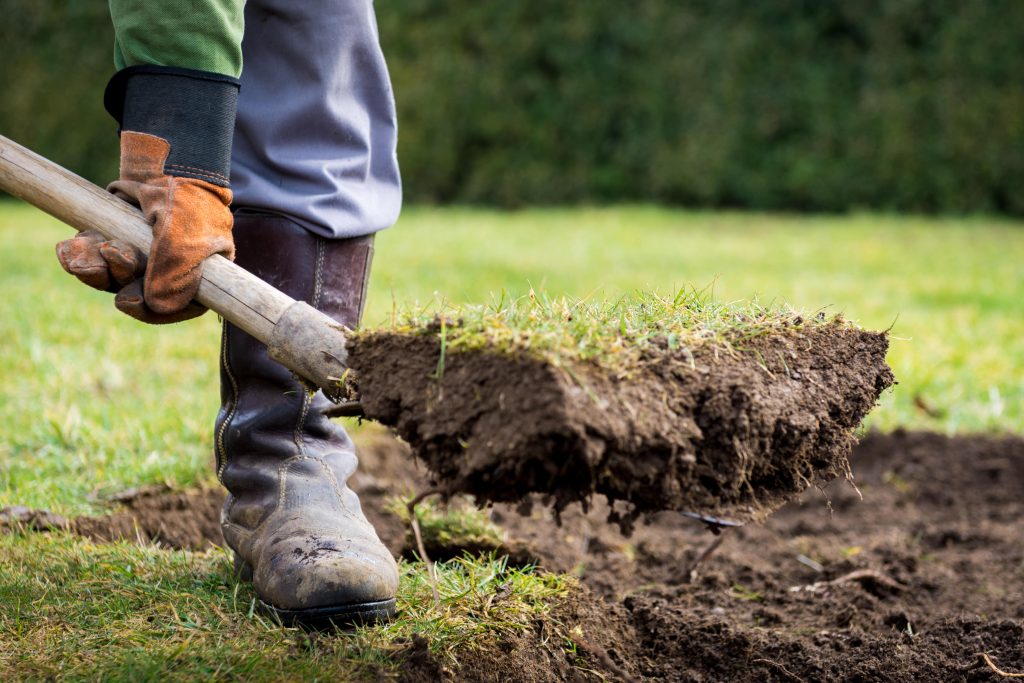
If you have much deeper lumps and bumps in your grass, you cannot top dress over the turf, or you’ll kill the grass, creating dead patches. Instead, you want to address each lump individually, working your way around the garden.
For each lump or bump that you find, here’s the process that you need to follow.
- Using a squared-off shovel, cut a straight line through the middle of the hollow or lump to a depth of about 5cm, slicing it into four quarters.
- Cut around the edges of the lump or bump in a rough circle, again to a depth of about 5cm, so that you have a shape that looks like this:

- Slide the shovel under each of the four corners of turf to lift them up, aiming to make an even horizontal cut. It’s important to have slightly damp soil here otherwise it will crumble away as you lift.
- Remove soil from the centre of the hole to remove a lump, or add topsoil to fill in a hollow, until the ground is level with the surrounding area (accounting for having to put back the turf). Tread down on the soil to ensure it’s relatively compact, and to prevent the soil from sinking in the future.
- Fold over the flaps of turf and pat the sod down to make it flat again.
- Give the turf a light watering to encourage the roots to take hold and re-establish themselves.
How to level deep bumps and hollows (more than 5cm deep)
If you have even larger holes in your grass, you can attempt the method described above, going to each individual hole and filling it in manually.
However, if you have an extremely bumpy lawn, it may be more efficient to remove the lawn entirely, flatten the soil, and then re-turf or spread grass seed on your garden.
With the soil removed, it will be fairly easy to level the ground using a rake, ensuring to stomp on it afterwards to ensure it doesn’t sink later on. Then you can re-lay the sod for a perfectly flat lawn.

I’m Josh, and I’m the head writer at Lawn Care Pro.
I love everything lawns, but I’m a bit of a lawn mower nerd. I spend a lot of my free time tinkering with mowers, and planning my mowing schedule for the next few weeks.
I’m also into cars, which comes in very helpful when servicing a mower engine!

